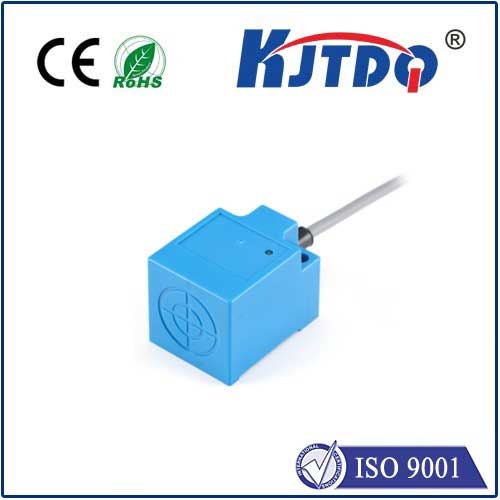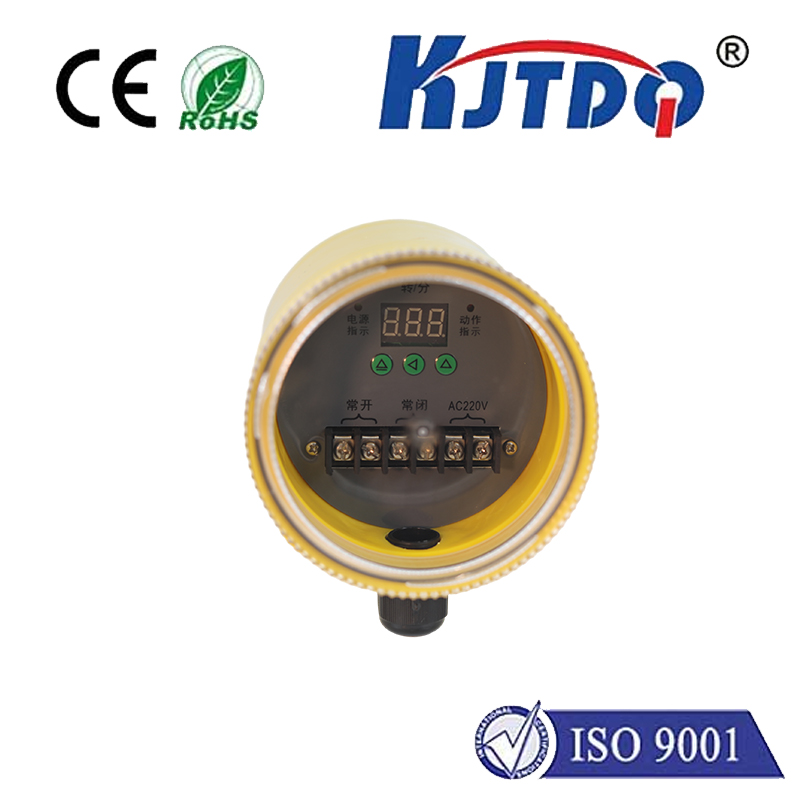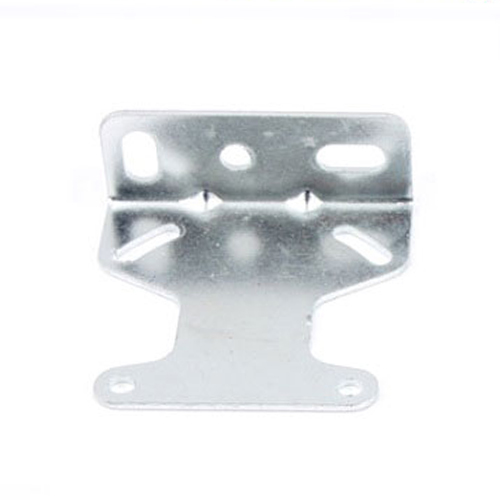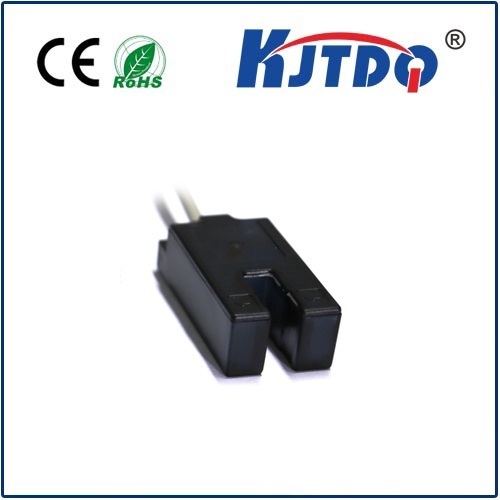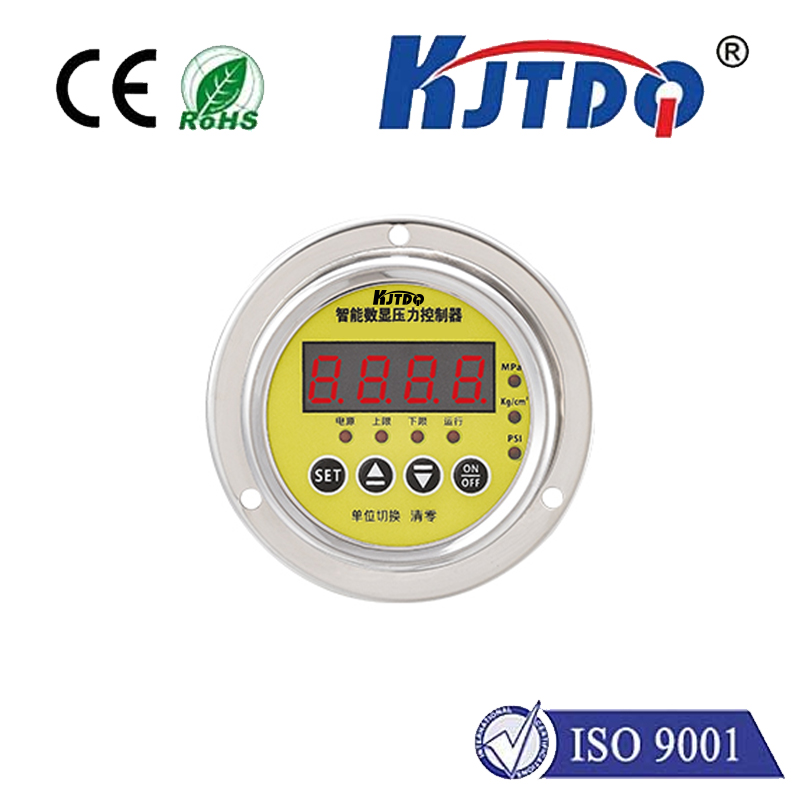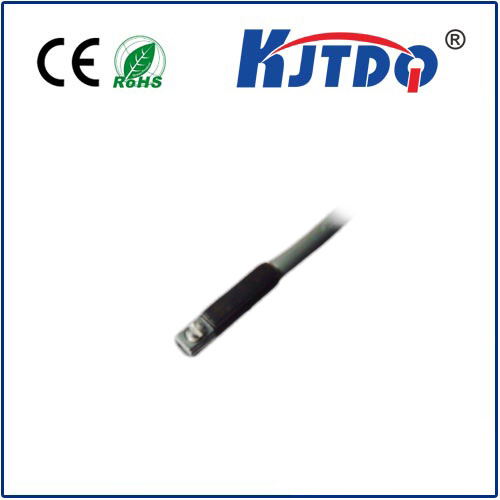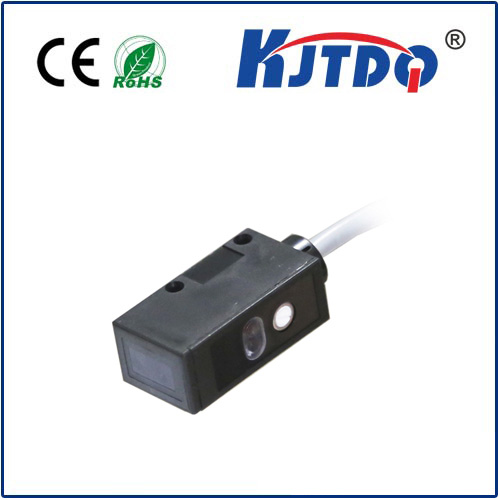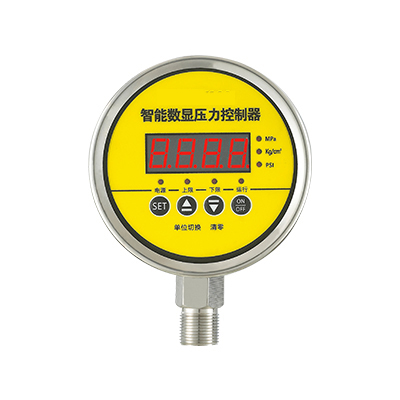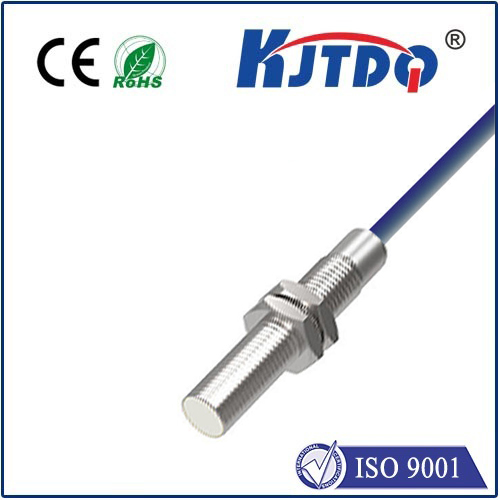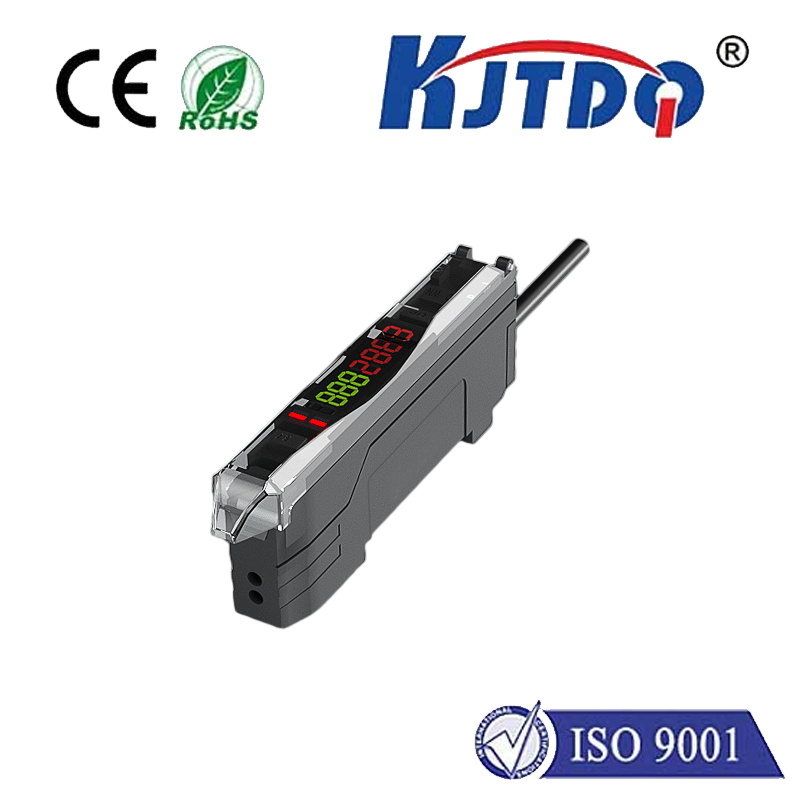digital temperature
- time:2025-08-20 03:37:02
- Нажмите:0
Beyond the Mercury: Why Digital Temperature Measurement is Revolutionizing Our World
Digital Temperature Control: Precision, Intelligence, and the Future of Sensing
Temperature is a fundamental metric, silently governing processes from our bodies to industrial reactors. For centuries, we relied on rudimentary tools like mercury thermometers or bimetallic strips. While functional, their limitations were stark – slow readings, susceptibility to breakage, and significant margins for human error. The advent of digital temperature technology hasn’t just replaced the analog gauge; it has fundamentally transformed our ability to understand, monitor, and control heat energy, ushering in an era of unprecedented precision and intelligence. This revolution, powered by sophisticated sensors and microelectronics, is reshaping industries and even our daily lives.
The journey began with the development of electronic Датчик температуры. Unlike their analog predecessors, which transduced heat directly into mechanical motion (like mercury expansion), digital sensors convert thermal energy first into an electrical signal (voltage or resistance change). Common core technologies include:

- Thermocouples: Utilizing the Seebeck effect, generating a voltage proportional to the temperature difference between two dissimilar metal junctions.
- Resistance Temperature Detectors (RTDs): Relying on the predictable increase in electrical resistance of pure metals (like platinum) with rising temperature. Prized for high accuracy and stability.
- Thermistors: Semiconductor devices whose resistance changes significantly (and non-linearly) with temperature. Excellent for high sensitivity within specific ranges, often used in consumer devices.
The true magic in digital temperature lies in what happens next. The raw, often minuscule, electrical signal from the sensor is fed into a microcontroller or dedicated signal conditioning circuit. Here, it undergoes:
- Amplification: Boosting the weak sensor signal.
- Filtering: Removing electrical noise for cleaner data.
- Analog-to-Digital Conversion (ADC): This is the critical step. The continuous analog signal is sampled and converted into discrete digital values – binary code that computers and digital systems understand.
- Linearization & Calibration (Digital Compensation): Especially crucial for sensors like thermistors with non-linear outputs, sophisticated algorithms within the microcontroller mathematically transform the raw digital value into an accurate temperature reading, often compensating for sensor non-linearities or even ambient conditions affecting the sensor itself. This process, known as digital compensation, is a key strength.
- Communication: The final digital temperature value is then transmitted via standard protocols (like I2C, SPI, UART, or even wireless standards such as Bluetooth or Wi-Fi) to a display, controller, data logger, or cloud platform. This seamless data integration is central to modern temperature monitoring systems.
This digital transformation delivers compelling advantages over traditional methods:
- Superior Accuracy & Resolution: Digital thermometers can achieve remarkable precision, often down to fractions of a degree Celsius, eliminating the parallax errors common when reading mercury columns.
- Enhanced Speed: Electronic sensors and processing provide near-instantaneous readings, crucial for dynamic processes or rapid diagnostics.
- Robustness & Durability: No fragile glass or liquid components. Solid-state sensors are generally more resistant to shock, vibration, and environmental stress.
- Remote Monitoring & Data Logging: The core benefit of Цифровой вывод is effortless integration into networks. Temperature monitoring systems can continuously track conditions anywhere – from refrigerated trucks (cold chain monitoring) to factory floors – and log vast amounts of data for analysis, predictive maintenance, or regulatory compliance. Remote alerts prevent spoilage or unsafe conditions.
- Intelligence & Automation: Digital data enables automated control. Programmable thermostats learn preferences; industrial controllers precisely modulate heating elements; bioreactors maintain critical temperatures autonomously. The digital temperature sensor is the essential feedback loop in these smart systems.
- Compact Size & Versatility: Miniaturization allows digital temperature sensors to be embedded in incredibly small devices, from smartphones and wearables to intricate medical instruments.
The impact of digital temperature technology is far-reaching:
- Здравоохранение: Точность patient monitoring (wearables, thermometers), laboratory instrumentation control, vaccine and blood storage (cold chain monitoring).
- Food Safety & Logistics: Ensuring safe storage temperatures throughout the entire supply chain, from farm to fork, preventing spoilage and illness.
- Industrial Automation & Manufacturing: Controlling chemical reactions, plastic molding, heat treatment, semiconductor fabrication – processes where exact temperature is critical for quality and safety. Temperature monitoring systems are vital for predictive maintenance on motors and equipment.
- HVAC (Heating, Ventilation, and Air Conditioning): Modern thermostats optimize comfort and energy efficiency using complex algorithms based on digital sensor input.
- Consumer Electronics: Preventing overheating in computers, smartphones, and gaming consoles. Smart home devices like ovens and refrigerators rely on digital sensors.
- Environmental Monitoring & Research: Tracking climate data, water temperatures, and atmospheric conditions with high fidelity.
Looking ahead, the evolution of digital temperature continues. Key trends include:
- Integration with IoT (Internet of Things): Датчик температуры are fundamental IoT nodes, streaming data to the cloud for big data analytics and centralized control across vast networks. Intelligent temperature monitoring systems with predictive capabilities are becoming standard.
- Enhanced Intelligence at the Edge: Microcontrollers with integrated AI capabilities can perform preliminary analysis directly on the sensor data, enabling faster local responses (edge computing).
- Wireless Advancements: Lower power consumption and longer-range wireless protocols (like LoRaWAN, NB-IoT) enable dense networks of sensors in challenging environments.
- Miniaturization & Multi-Sensing: Combining temperature sensing with other parameters (humidity, pressure, gas) into single, tiny chips for comprehensive environmental monitoring.
From the simple act of checking a fever to managing a multi-million-dollar industrial process, digital temperature technology provides the critical link between the physical world of heat and the digital world of control and insight. Its journey from replacing mercury to enabling smart networks underscores a fundamental shift: temperature measurement is no longer just about reading a dial; it’s about harnessing intelligent data to optimize, protect, and innovate. The accuracy, connectivity, and intelligence offered by modern digital thermometers and sensors make them indispensable tools in our quest for greater efficiency, safety, and understanding across countless domains.

